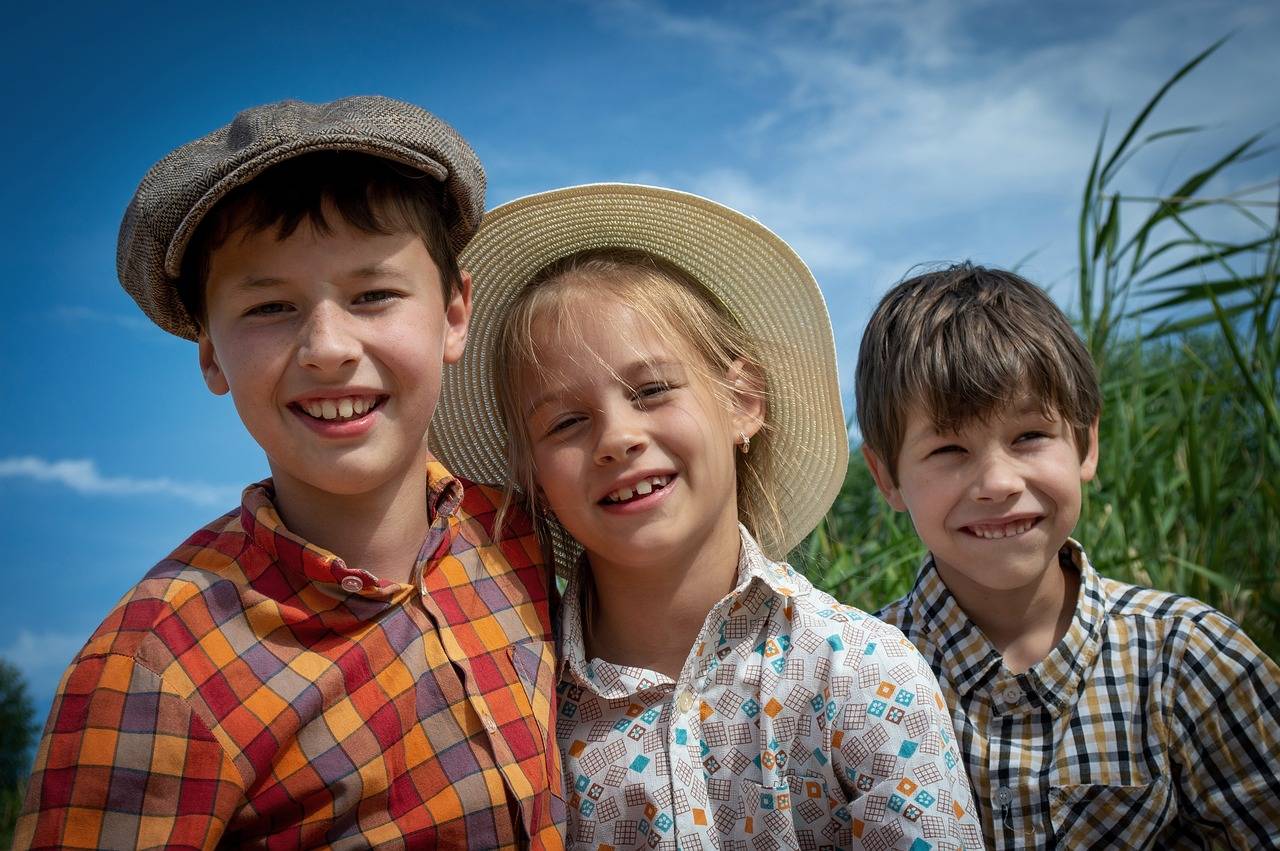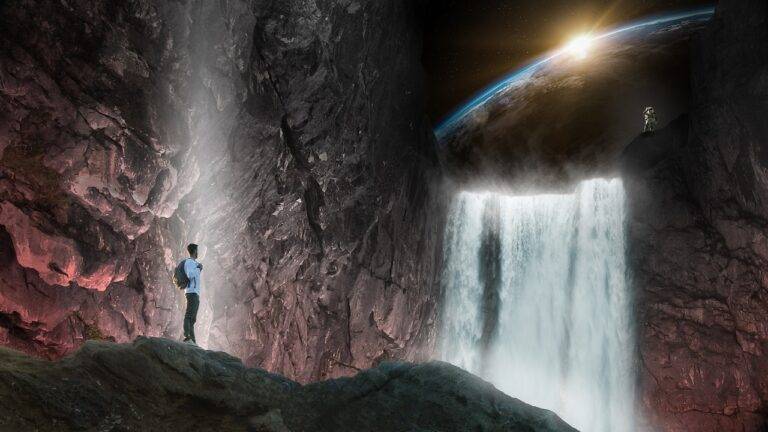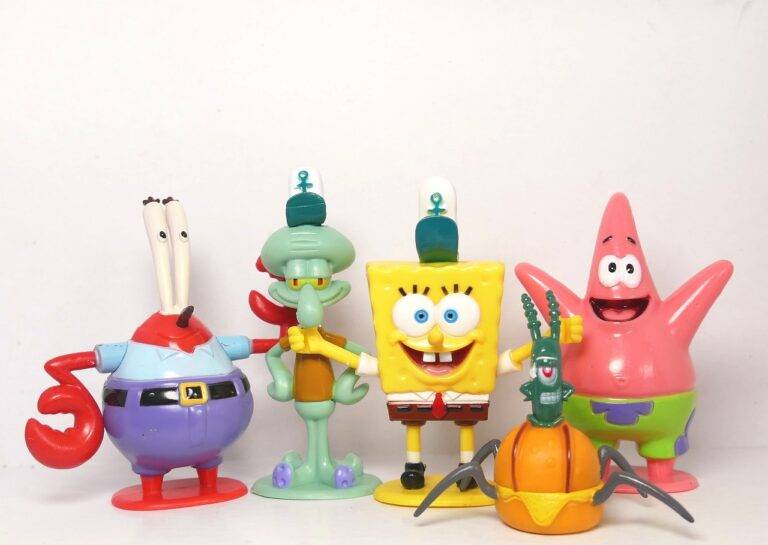Diversity in Animation: Representation and Authenticity in Cartoon Characters
Representation in animation is a crucial aspect that impacts not only the industry as a whole but also society’s perception of diverse cultures, identities, and experiences. When animated films and series feature a wide range of characters from different backgrounds, it offers viewers a chance to see themselves reflected on screen. This representation fosters a sense of belonging and validation for individuals who have historically been underrepresented or misrepresented in media.
Moreover, diverse representation in animation is essential for creating authentic and meaningful storytelling. By including characters from various ethnicities, gender identities, and abilities, storytellers can expand narratives, showcase different perspectives, and challenge stereotypes. When audiences see characters that reflect the world’s true diversity, it enriches the storytelling experience and promotes empathy and understanding among viewers.
Challenges Faced by Underrepresented Groups in Animation
Achieving diversity and inclusion in the animation industry continues to be an ongoing struggle. Underrepresented groups, including women, people of color, and LGBTQ+ individuals, face numerous challenges when trying to break into the field. One major barrier they encounter is the lack of opportunities and visibility for their work, resulting in limited recognition and acknowledgment within the industry.
Moreover, underrepresented groups often confront biases and stereotypes that can affect their career progression and opportunities for advancement. Discrimination based on gender, race, or sexual orientation can hinder their ability to secure prestigious projects or secure leadership roles in animation studios. These systemic hurdles not only impact the individuals directly but also contribute to the perpetuation of homogeneous narratives and perspectives in animated content.
Why is representation important in animation?
Representation in animation is crucial as it allows for diverse perspectives, experiences, and voices to be heard and seen. It helps create a more inclusive and equitable industry that accurately reflects the world we live in.
What are some of the challenges faced by underrepresented groups in the animation industry?
Some challenges faced by underrepresented groups in animation include lack of opportunities, bias and discrimination, unequal pay, lack of mentorship and networking, and limited access to resources and support.
How can the animation industry address these challenges?
The animation industry can address these challenges by actively promoting diversity and inclusion, providing more opportunities for underrepresented groups, implementing anti-bias training, ensuring equal pay and representation, offering mentorship programs, and creating a supportive and inclusive work environment.
What can individuals do to support underrepresented groups in animation?
Individuals can support underrepresented groups in animation by advocating for diversity and inclusion, amplifying diverse voices and stories, mentoring and sponsoring underrepresented talent, promoting equal opportunities, and creating a more inclusive and welcoming environment within the industry.





